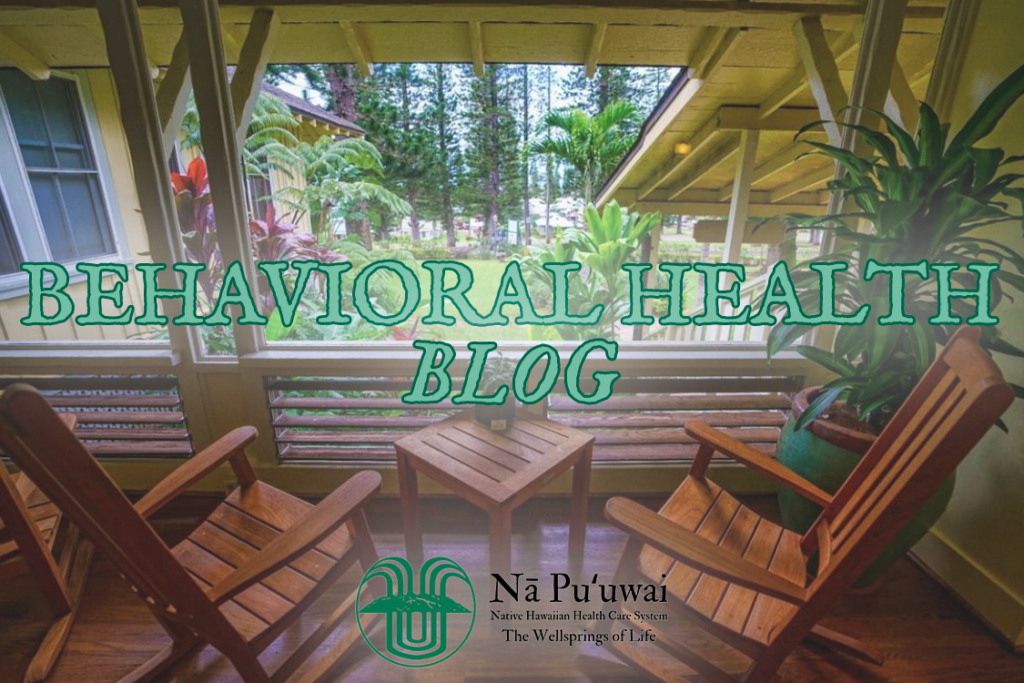Suicide is rarely caused by one circumstance or event. Instead, a range of factors–at the individual, relationship, community, and societal levels–can increase risk. These risk factors are situations or problems that can increase the possibility that a person will attempt suicide.
Individual risk factors include: previous suicide attempt, history of depression and other mental illnesses, serious illness (e.g., chronic pain), criminal/legal problems, job/financial problems or loss, impulsive or aggressive tendencies, substance misuse, current or prior history of adverse childhood experiences, sense of hopelessness, and violence victimization and/or perpetration. Relationship risk factors include: bullying, family/loved one’s history of suicide, loss of relationships, high conflict of violent relationships, and social isolation. Community risk factors include: lack of access to healthcare, suicide cluster in the community, stress of acculturation, community violence, historical trauma, and discrimination. Finally, societal risk factors include: stigma connected with help-seeking and mental illness, easy access to lethal means of suicide among people at risk, and unsafe media portrayals of suicide.
On the other hand, there are several factors that can decrease risk for suicide. Similar to risk factors, a range of factors at the individual, relationship, community, and societal levels can protect people from suicide. Everyone can help prevent suicide.
Individual protective factors include: effective coping and problem-solving skills, reasons for living (e.g., famly, friends, pets, etc.), and a strong sense of cultural identity. Relationship protective factors include: support from others (e.g., partners, friends, family) and feeling
connected to others. Community protective factors include: feeling connected to school, community, and other social institutions. Additionally, it includes availability of consistent and high quality physical and behavioral healthcare. Lastly, societal protective factors include: decreased access to lethal means of suicide among people at risk, and cultural, religious, or moral objections to suicide.
Source: (CDC, 2022) https://www.cdc.gov/suicide/factors/index.htm

